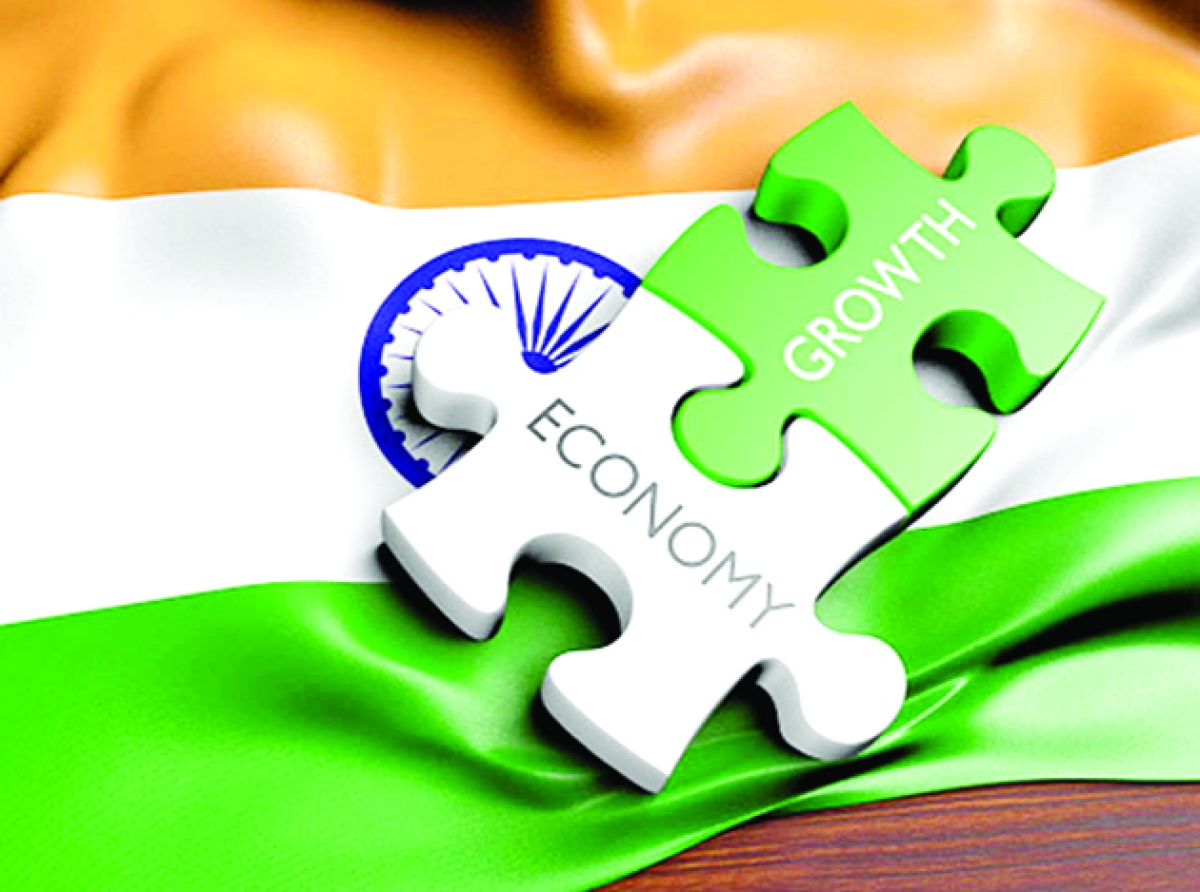Weak Consumption: The Achilles Heel of India's economic growth

14 August 2024, Mumbai
India's economic growth narrative, often seen as a beacon of resilience in a global slowdown, is facing numerous challenge and sluggish consumption is one of the main ones. Despite headline GDP growth rates that have drawn global attention, the underlying story of consumer spending paints a less rosy picture.
Consumption slump, asymptom of deeper issues The stark contrast between India's GDP growth and the tepid performance of consumer spending is a cause for concern. The consumption slowdown, evident in sectors like two-wheelers and fast-moving consumer goods, particularly in rural areas, reflects a broader economic malaise.
Several factors contribute to this consumption slump:
• Job creation challenges: The lack of substantial job creation in non-farm sectors has trapped a significant portion of the workforce in low-productivity agriculture. This limits income growth and, consequently, consumer spending.
• Wage stagnation: Real wages have remained stagnant across sectors like agriculture, manufacturing, and construction, eroding purchasing power and dampening consumer demand.
• Income inequality: The widening income gap exacerbates consumption challenges. While a small affluent segment drives luxury consumption, the vast majority of the population faces income constraints.
The limits of exports and government spending
With consumption faltering, the Indian economy has leaned heavily on exports and government spending to drive growth. However, there are inherent limitations to this strategy:
• Export challenges: While India has the potential to become a global manufacturing hub, several hurdles, including high tariffs and local sourcing requirements, hinder its competitiveness. Moreover, global demand uncertainties pose risks to export-led growth.
• Government spending constraints: The government's fiscal consolidation efforts limit the scope for sustained high public expenditure. Infrastructure spending, while crucial, cannot be the sole growth driver in the long run.
Need for amulti-pronged approach
To unlock India's economic potential, a multifaceted approach is essential:
• Revitalizing consumption: Boosting rural incomes, creating quality jobs, and addressing wage stagnation are imperative for reviving consumption. Targeted social welfare programs and investments in skill development can play a crucial role.
• Export-led growth: Streamlining export procedures, reducing tariffs, and improving infrastructure are essential for enhancing India's export competitiveness. Attracting global manufacturing investments requires a conducive business environment and skilled workforce.
• Private investment revival: Addressing capacity utilization issues, improving the business climate, and fostering investor confidence are crucial for unlocking private investment potential.
India stands at a crossroads. While the potential for rapid growth is undeniable, realizing this potential requires a concerted effort to address the underlying challenges, particularly the consumption slump. By adopting a holistic approach that focuses on job creation, income growth, and export competitiveness, India can embark on a path of sustainable and inclusive economic development.
























